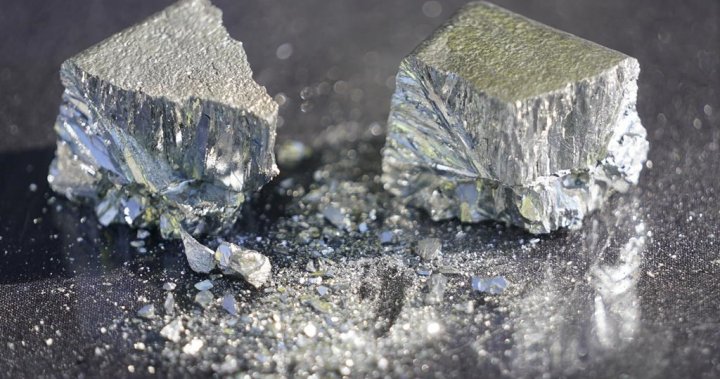In a significant shift for Canada’s economic landscape, the critical minerals sector is emerging as a powerful engine for job creation, potentially generating tens of thousands of new positions across the country. This development comes as global demand for these essential materials—crucial components in everything from smartphones to electric vehicles—continues to surge amid the worldwide transition to cleaner energy technologies.
The federal government has identified 31 minerals as “critical” to Canada’s economic security, including lithium, cobalt, and rare earth elements that form the backbone of modern technology. According to recent industry projections, these resources could create between 60,000 to 100,000 new jobs over the next decade—a substantial boost for communities from coast to coast.
“What we’re witnessing is more than just a mining boom,” explains Dr. Marta Chen, resource economics professor at the University of Toronto. “This represents a fundamental restructuring of Canada’s resource economy toward materials that will power the next generation of green technologies and digital infrastructure.”
The Mining Association of Canada reports that investment in critical mineral projects has already reached $15 billion, with approximately 30 major developments currently in various stages of planning or construction. Each project brings not only direct mining positions but also creates opportunities in processing, manufacturing, research, and supporting services.
Northern communities stand to benefit significantly from this growth. In regions like Northern Ontario, Quebec, and the territories, critical mineral projects are revitalizing economies previously dependent on traditional resource extraction. In Yellowknife, the recent announcement of a rare earth processing facility is expected to bring 250 jobs to the region, with an additional 500 positions in related services.
“These aren’t just extraction jobs,” notes Isabelle Marois, Chief Operating Officer at Canadian Critical Minerals Inc. “We’re talking about high-skilled technical positions, engineering roles, and innovative research opportunities that can help retain talent in regions that have historically struggled with outmigration.”
The federal government’s Critical Minerals Strategy, launched in 2022 with $3.8 billion in dedicated funding, aims to position Canada as a global supplier of choice for these essential resources. This investment includes support for infrastructure development, processing capabilities, and environmental safeguards to ensure sustainable extraction practices.
However, challenges remain in fully realizing this potential. Environmental concerns must be carefully balanced with economic development, particularly in ecologically sensitive areas. Indigenous communities are demanding meaningful consultation and partnership in projects affecting their traditional territories, seeking arrangements that go beyond simple revenue sharing to include equity stakes and governance roles.
“We need to approach this opportunity differently than previous resource booms,” warns Chief David Nakogee of the Attawapiskat First Nation. “These minerals can provide prosperity, but only if development happens in true partnership with Indigenous peoples and with stringent environmental protections.”
The global competition for critical minerals supply chains is intensifying, with countries like China, Australia, and the United States making strategic investments to secure reliable access to these materials. Canada’s abundant resources and stable political environment position it favorably in this race, but industry experts stress that regulatory efficiency will be key to capitalizing on the opportunity.
“Canada has a narrow window to establish itself as a leader in this space,” observes Mark Richards, senior analyst at the Canadian Institute for Resource Development. “Our competitors aren’t standing still, and while we have natural advantages, converting these into economic benefits requires both private initiative and smart policy frameworks.”
For job seekers, the sector offers diverse opportunities across educational backgrounds, from technical trades requiring specialized certifications to advanced scientific roles in metallurgy and geology. Industry associations are partnering with educational institutions to develop training programs addressing anticipated skills gaps, particularly in processing technologies and sustainable mining practices.
As this economic transformation unfolds, a critical question emerges for Canadian society: How can we ensure that this mineral boom delivers lasting prosperity while honoring environmental commitments and advancing reconciliation with Indigenous peoples? The answer may determine whether Canada truly becomes a sustainable superpower in the critical minerals economy of tomorrow.










